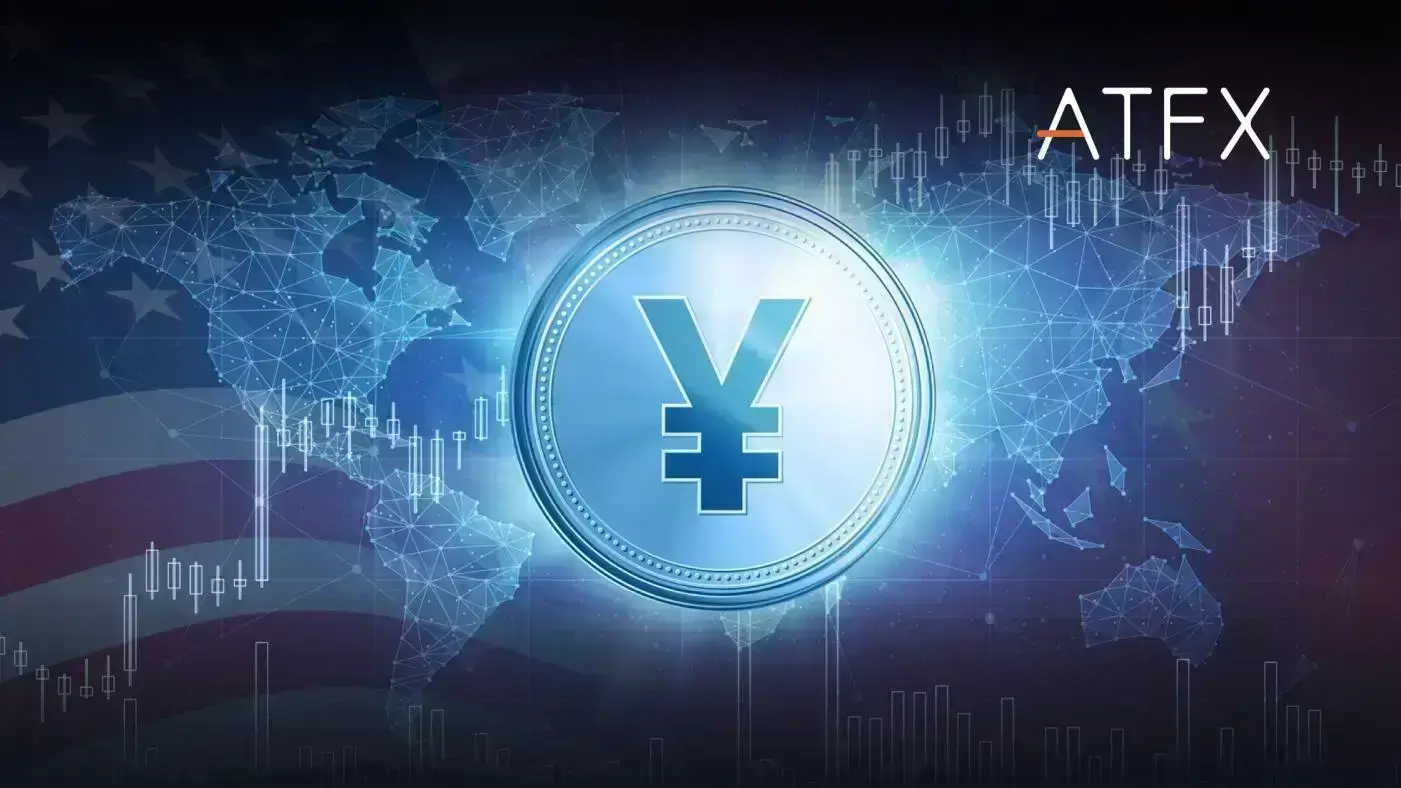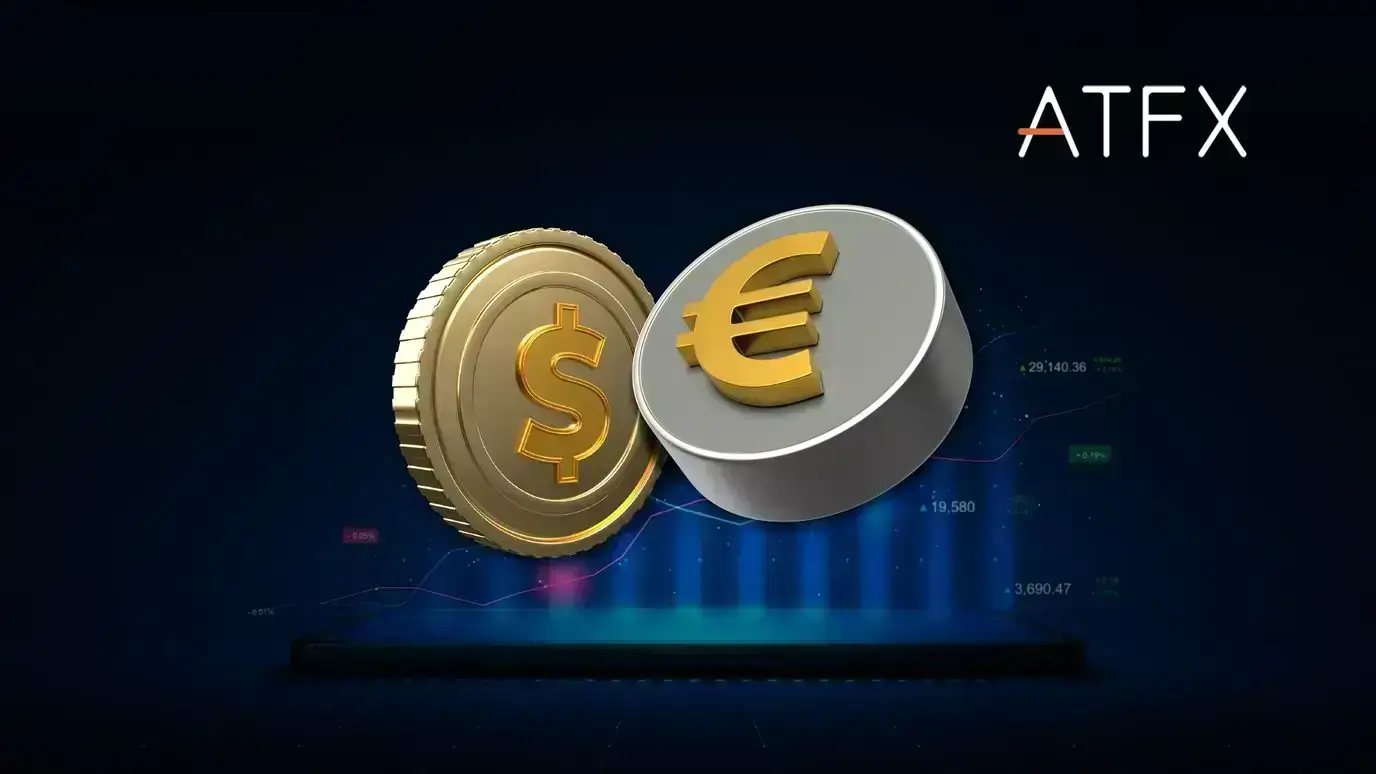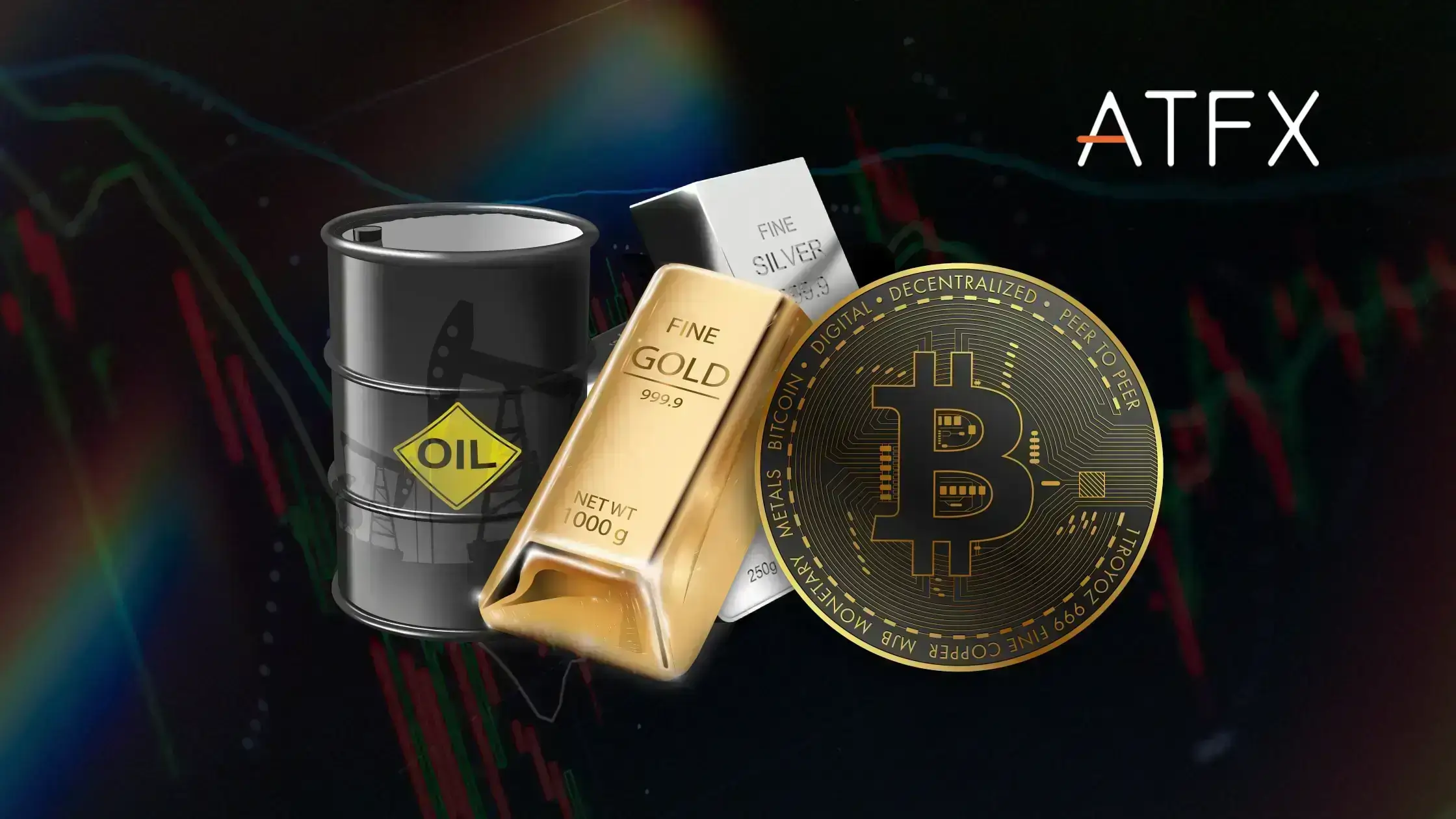On Monday, Federal Reserve Governor – Christopher Waller, at an event hosted by the Frankfurt Institute for Monetary and Financial Stability, expects a 50-basis point interest rate hike to continue through to the next Fed’s session in June. Subsequently, other sessions would require further observation of inflation levels to move closer to the Central Bank’s minimum target of 2% minimum. Waller stated that he is unapologetically hawkish towards the Federal Reserve policy. In his exact words:
“I support tightening policy by another 50 basis points for several meetings,”
He insisted on this decision: “In particular, I am not taking 50 basis-point hikes off the table until I see inflation coming closer to our 2% target,”.
Some officials call for moderation and targeting the neutral levels. Waller took the extreme position of increasing above the neutral level, currently slated at 2.5% as the Fed’s standard borrowing rate.
The Governor is convinced that the Fed can raise the interest rates and tap down demand without causing any severe economic turn-down.
Although inflation, as measured by the consumer price index, has shown some signs of a slowdown. Yet the data from the Core CPI has pointed out that inflation hasn’t peaked at the moment. The Core CPI, which excludes volatile energy and food segments, was high at 0.6% in April, against the 0.3% level witnessed in March.
Last month, the only decline was in the consumer index, which fell 0.6% in April, a good decrease from March’s 1.2% increase. YoY, the prices rose to 8.3% in April, down from 8.5% recorded in March, marking a 0.2% decline only.
The Fed governor believes that to contain the current inflation is to continue increasing the interest rate by half percentage during each Fed session until the target is achieved. This means the interest rate might come to 4% from the current neutral level of 2.5% if the Fed applies further interest rate hikes.
Effects of further interest rate hikes on the market
A further interest rate hike will push the market back to a risk-off mode. Investors will now abandon the risky assets and move their investments into bonds, dollars, and the Japanese Yen. Thus we might witness a massive fall in the market prices of commodities, crypto, and stocks if the Fed should carry on with this decision during their next session.


